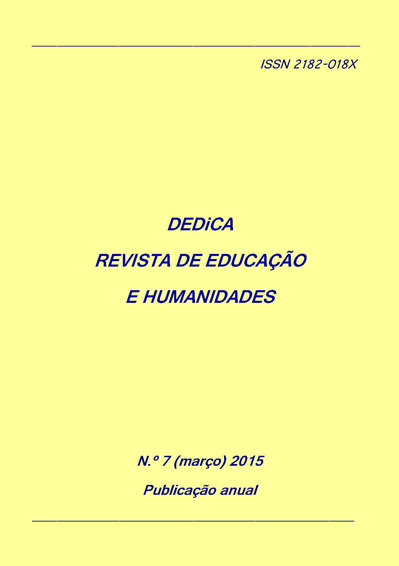Entre la música popular urbana y el patrimonio histórico musical: una propuesta didáctica de hibridación
DOI:
https://doi.org/10.30827/dreh.v0i7.6943Palabras clave:
hibridación, patrimonio histórico, Lenguaje MusicalResumen
Este trabajo presenta una propuesta educativa destinada al alumnado de Grado en Educación Primaria en que se abordará su falta de identificación con el patrimonio histórico occidental a través de la asignatura de Lenguaje Musical en la Mención en Música en la Universidad de Oviedo que se imparte en el primer semestre del curso 2013/2014.
El objetivo es realizar una hibridación (Canclini, 2001) entre el repertorio histórico y el popular urbano, usando el ritmo como herramienta. Para ello se llevó a cabo una metodología de aprendizaje significativo en la que los estudiantes colaboraron activamente a través de su formación musical, ya sea popular urbana, folclórica o clásica, y a través de la elección de músicas populares urbanas y de patrimonio histórico para el trabajo del aula.
Se utilizó el solfeo silábico de Zoltan Kodály para que los alumnos desarrollasen sus propios patrones rítmicos y pudieran leer ritmos complejos que acompañasen una obra de repertorio clásico.
El alumnado participó activamente en la interpretación de estas obras de hibridación creadas por ellos mismos mediante la selección y creación de nuevas obras guiados por la docente.
Descargas
Citas
Flores Rodrigo, S. (2007). Principales acercamientos al uso de la música popular actual en la Educación Secundaria. ILEEME, 19 (2007). Consultado en el 3/9/2014. Disponible en: http://musica.rediris.es
Frith, S. (1987). Towards an Aesthetic of Popular Music. En R. Leppert; S. McClary (Eds.), Music and Society. The politics of composition, performance and reception, 133-149. Cambridge: Cambridge University Press.
García Canclini, N. (1999). Los usos sociales del patrimonio cultural. En E. Aguilar Criado, Patrimonio Etnológico. Nuevas perspectivas de estudio, 16-33. Consejería de Cultura. Junta de Andalucía.
García Canclini, N. (2001). Culturas híbridas: estrategias para entrar y salir de la modernidad. Buenos Aires: Paidós.
Green, L. (2003). Music Education, Cultural Capital and Social Group Identity. En T. Herbert; R. Middleton (Eds), The cultural study of music: a critical introduction, 263-274. Routledge, New York; London.
Ibarretxe Txakartegi, G.; Díaz Gómez, M. (2008). Metaphors, intercultural perspective and music teacher training at the University of the Basque Country. International Journal of Music Education, 26, 4 (2008) 339-351.
Kramer, L. (2009). Why Classical Music Still Matters. California: University of California Press.
Kruse, A. (2014). Preservice Music Teacher’s Experiences with and Attitudes Towards Music Genres. Journal of Music Teacher Education. (2014) abril. Consultado en: 3/9/2014. Disponible en: http://jmt.sagepub.com/content/early/2014/04/25/1057083714530721.abstract
Lull Peñalba, J. (2005). Evolución del concepto y la significación del patrimonio cultural. Arte, individuo y sociedad, 17 (2015), 175-204.
Pascual Mejía, P. (2010). Didáctica de la música. Madrid: Pearson Educación.
Riaño, Mª E.; Cabedo, A. (2013). La importancia del patrimonio musical en el aula: Estudio sobre la opinión del profesorado en educación infantil. Eufonía, 58 (2013) Julio/ Agosto, 67-78.
Roche, Elisa Mª. (1994). La enseñanza de la música en el marco de la LOGSE. Aula de innovación educativa, 24 (1994) 5-8.












